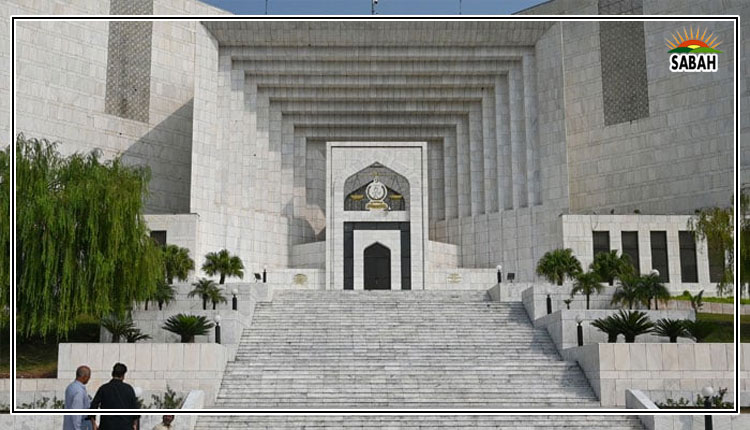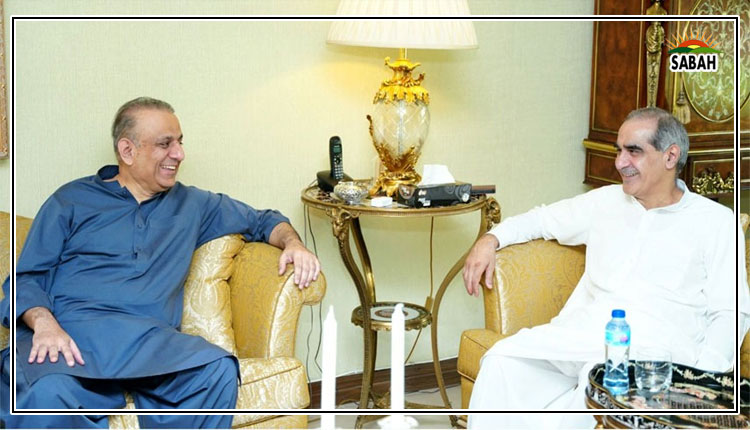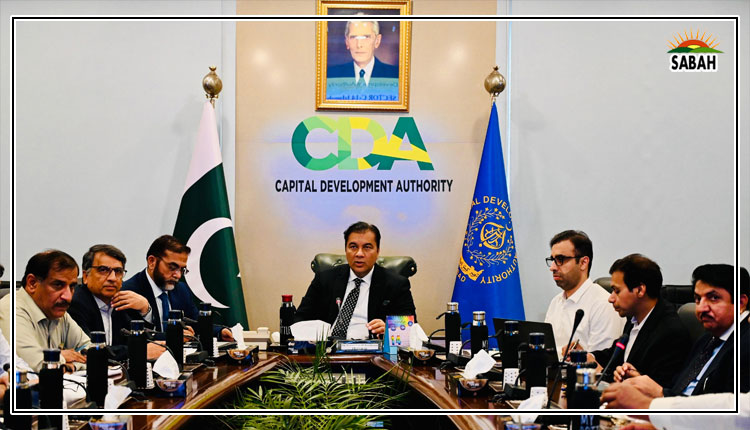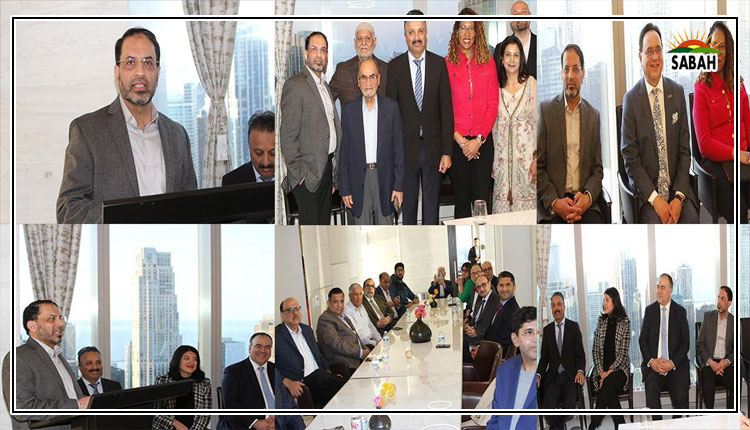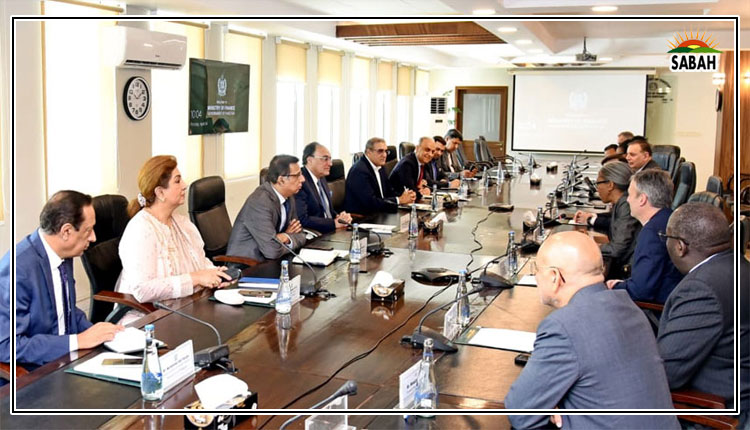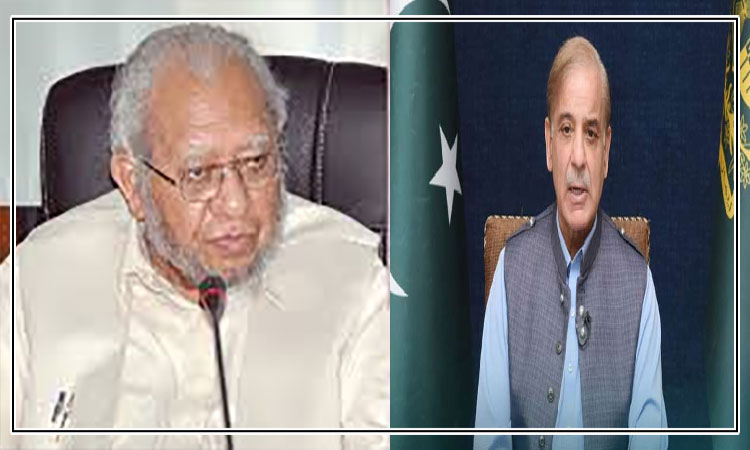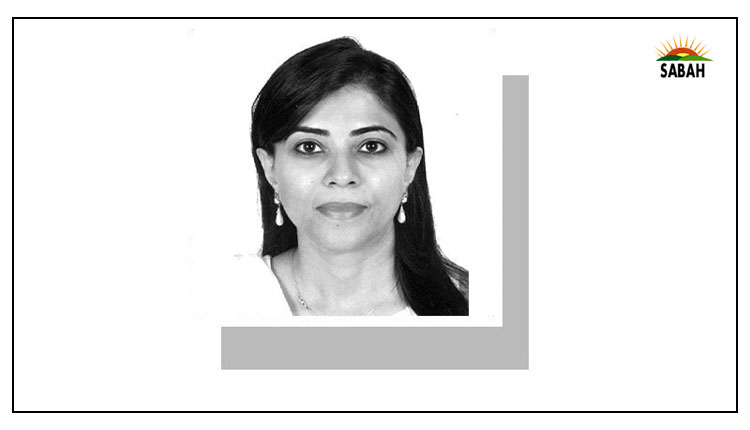Crisis of mainstream media…Arifa Noor
SOMEONE who entered the world of print and bore witness to the era of the electronic medium in Pakistan is a strange creature. Few of the printies adapt easily to the universe of babble, where, despite the colour TV sets, the trend is to see things in black and white.
Most of us live like exiles, not really fitting in the present and yearning for a past which perhaps never existed. In our heads, the age of print has become this Camelot we continue to yearn for, even if it was perhaps not as idyllic as it now seems.
However, no age is forever. And now television is giving way to an even noisier, anarchical world of social media, where vloggers and YouTubers have taken over from the anchors and tajzianigar (analysts) who replaced the writers and reporters.
But to assume this Wild West will remain wild forever is wrong. In Pakistan, as elsewhere in the world, governments and states are figuring out ways to tame it. And as the struggle continues, there are moments when the state seems to have won, while at others, social media scores a victory or two.
Sadly, in the less developed democracies, this bid to tame is less rule-based and more coercive. For this is how we tend to deal with all matters disruptive. But that is a story for another time.
To return to social media, the coercive methods to control it are not new entirely, but their efficacy has been blunted by the changing times. This is why there might be need for a rethink a rethink about what the goal is rather than simply just wanting to eliminate what is seen as a problem.
And what is the issue? The sensationalism and inaccuracy (many of the times) at work. And when times in Pakistan are chaotic more than average the news on social media also tends to go haywire.
Partly, this is because the lone rangers in cyberspace do not operate within the parameters set by journalists themselves, where institutional checks include editorial filters, rules to check or determine sources (the most beloved word of our profession) and the effort to maintain some distance between reporting, comment and fair comment.
Rightly so, many would point out that mainstream media has not been able to ensure these filters either. (Perhaps this is what led to the Wild West going wild.)
This is both part of the problem and where the solution lies. For instead of simply trying to ban social media by blocking sites or switching off apps or the entire internet, why not try and consider what can be done to counter incorrect information? (Of course, the bleedin heart liberal in me insists on bleating that there are better ways to bring sanity than just through bans.)
The point being made here is that a more credible mainstream media is needed as a counter to social media. Indeed, social media may be the future. but for the present, it is flourishing because of the credibility crisis of the mainstream.
The polarisation and pressures of the past few years have turned the bulk of mainstream media into a bland, homogenised space with far too much commentary of a specific strain and very little reporting.
Anecdotally, it seems few people now bother watching talk shows, preferring to only catch the few clips which are doing the social media rounds. No one, it seems, wants 40 minutes of the same group of people saying the same things over and over again on multiple screens.
This overexposure, for lack of a better word, is linked to quantity. If a large number of channels and there are just too many are discussing the same topics every day for nearly five hours, everyones views become common knowledge and add to the perception that each analyst or journalist is now biased.
All this is driving people to social media, where there is news, even if it is sensational. If the analysis is biased, so what? It suits the viewers own bias, and it is not as if mainstream media is any less biased.
We can couple this with the perception (if not more) that mainstream media is not allowed to report or say more than what is sanctioned the various Pemra advisories lend credence to this. This will have to be addressed if the noise on social media is to be addressed more meaningfully.
If there has to be fact-checking, then it will have to carried out by those who enjoy far more credibility than mainstream media does at the moment; and this credibility will not simply help media houses themselves but the entire polity.
But first the media will need more space; it will take time and effort to regain the credibility it enjoyed earlier. Once it does, it may reduce the space for social media, be it YouTube channels or WhatsApp forwards. For this to happen, the industry will also have to carry out some introspection on how it lost the trust of many Pakistani people.
This is not simply a plea of a working journalist. Eventually, a credible and strong mainstream media translates into the credibility of the state. At times of crises, there are many moments when a credible media can also communicate the message of the state, especially when it comes to foreign policy. But if the fourth pillar is compromised or known to be under pressure, one may as well forget about it.
Just as an aside, it is worth considering why there is so much interest and discussion of the foreign press coverage of the latest crisis in Pakistan.
Because those stories are bringing forth information and nuance missing from the coverage at home. Would it not be better for us to tell our own story and also curate it, rather than letting others do it?
Courtesy Dawn


